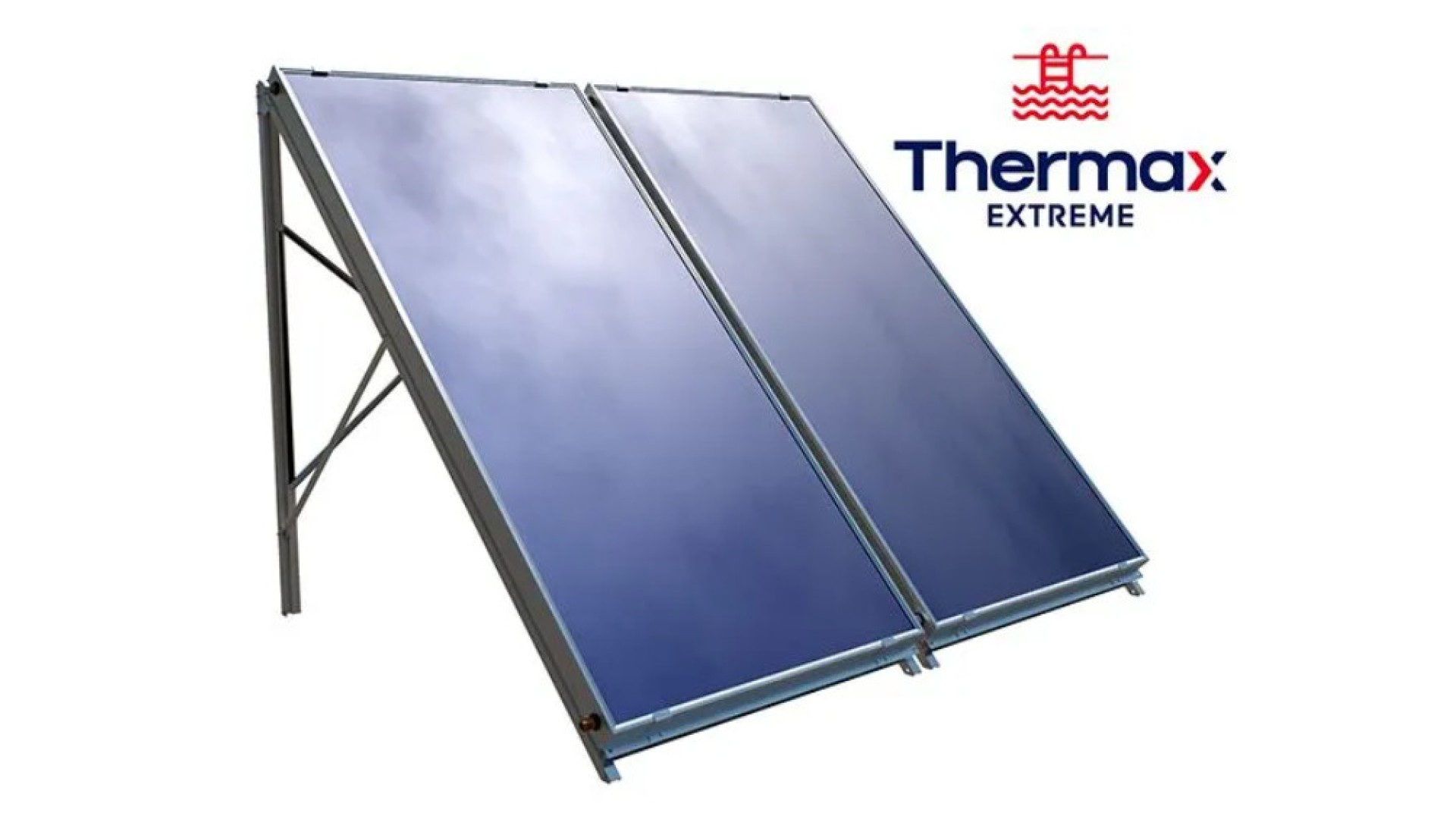Extend Your Swim Season: The Advantages of Glazed Pool Panels
For many pool owners, the battle against the calendar is a constant one. As the weather cools, so does your pool, forcing you to close it down until the next summer. But what if there was a way to extend your swimming season and enjoy the refreshing comfort of your pool for longer? Glazed pool panels offer a solution that harnesses the power of the sun to keep your pool warm and inviting.
What are Glazed Pool Panels?
Glazed pool panels are a type of solar pool heater. They consist of panels containing absorber tubes encased in a transparent glazing, often made of glass or polycarbonate. Pool water is pumped through these tubes, where it is heated by the sun’s rays trapped within the glazing. The warmed water is then returned to the pool, gradually raising the overall water temperature.
Why Choose Glazed Panels?
While unglazed solar collectors are a simpler and cheaper option, glazed panels offer distinct advantages:
- Year-Round Heating: Unlike unglazed collectors that struggle in colder weather, the glazing in glazed panels acts like a greenhouse, trapping heat and allowing for efficient pool heating even during cooler months. This extends your swimming season significantly and can even allow you to enjoy your pool in mild winters.
- Improved Efficiency: The glazing not only traps heat but also minimizes heat loss to the surrounding air. This translates to more efficient heating and a faster rise in pool temperature compared to unglazed systems.
- Durability: Glazed panels are generally more robust than unglazed collectors. The glazing material protects the absorber tubes from external elements, ensuring a longer lifespan for your solar pool heating system.
Are Glazed Panels Right for You?
Glazed pool panels are an excellent choice for pool owners who want to:
- Extend their swimming season and enjoy their pool for a longer period.
- Live in moderate climates with cooler off-seasons where pool use would otherwise be limited.
- Invest in a more sustainable and eco-friendly pool heating solution.
While the upfront cost of glazed panels might be slightly higher than unglazed options, the increased efficiency and year-round usability can lead to significant savings on energy bills in the long run.
Considering a solar pool heating system? Glazed panels offer a compelling option for extending your swimming season and enjoying the warmth of your pool for longer. Consult with a pool professional to determine if glazed panels are the right fit for your needs and climate.

